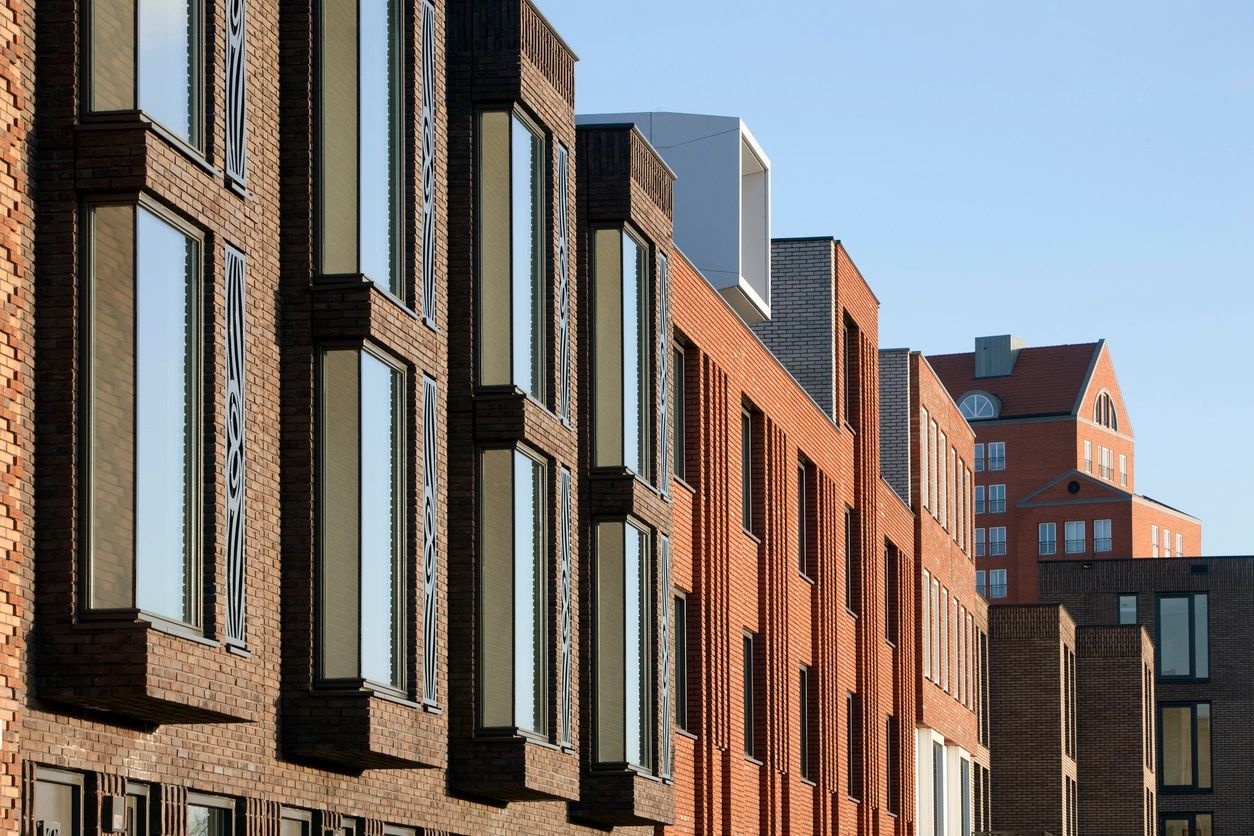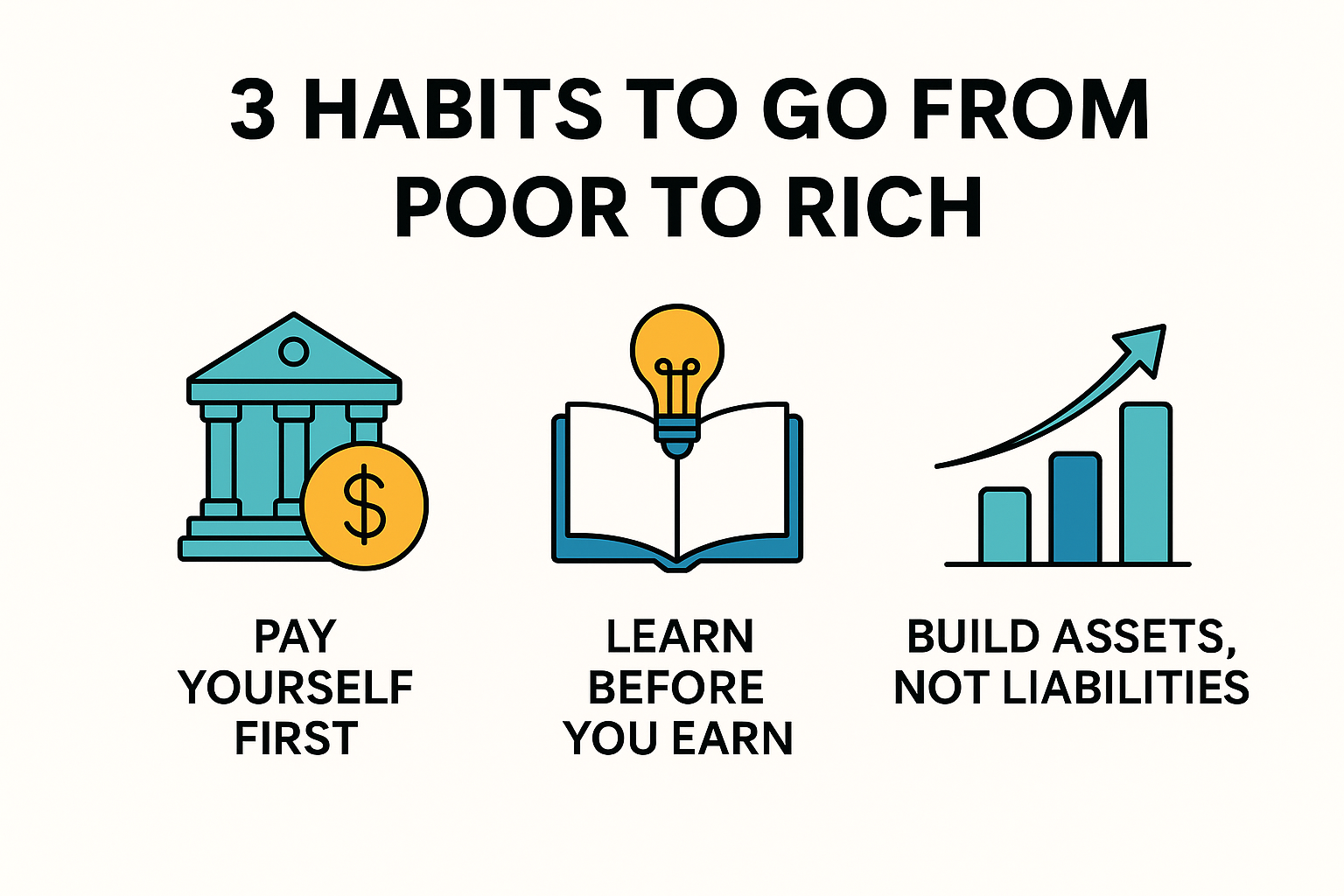The start of a new year brings fresh opportunities to reassess and realign your financial priorities. Whether you’re looking to save more, invest wisely, or pay off debt, setting realistic and actionable financial goals for 2025 is key to long-term success. Here are some tips to help you create a plan that’s both achievable and impactful.
Case Study: A 30-Year-Old Individual Saving for Their First Home
Let’s apply these principles to a 30-year-old individual earning $65,000 annually in California, where the median home price is $1,000,000. With no other debt, their goal is to save for a down payment on their first home.
1. Reflect on Your Financial Journey
Before setting new goals, take stock of where you are financially:
- Assess current savings: Determine how much you have already saved toward a down payment.
- Understand the target amount: Aim for a 20% down payment to avoid private mortgage insurance (PMI), which equates to $200,000 for a $1,000,000 home.
- Evaluate monthly cash flow: Analyze income and expenses to identify potential savings opportunities.
2. Define Clear and Specific Goals
For this individual:
- Specific: Save $50,000 in five years as the first milestone toward a $200,000 down payment.
- Measurable: Save $10,000 annually or approximately $833 per month.
- Achievable: Adjust lifestyle and budget to allocate sufficient funds for savings.
- Relevant: Align with the goal of homeownership.
- Time-bound: Achieve the $50,000 milestone by December 31, 2029.
3. Prioritize Your Objectives
For this individual, the primary objective is saving for a down payment while maintaining financial stability:
- Build an emergency fund (if not already established) with 3-6 months of expenses.
- Direct additional savings toward the home purchase fund.
4. Break Goals Into Smaller Milestones
Large goals can feel overwhelming. Divide them into smaller, more manageable steps:
- Save $2,500 quarterly or $833 monthly.
- Celebrate small wins, such as reaching $10,000 saved.
5. Create a Budget Aligned With Your Goals
Craft a budget that supports the savings target:
- Housing: Limit rent and utilities to 30% of income, approximately $1,625 monthly.
- Transportation: Use public transit or maintain an affordable vehicle.
- Savings: Automate $833 per month into a high-yield savings account or money market account.
- Discretionary spending: Identify areas to cut back, such as dining out or subscriptions.
6. Build Flexibility Into Your Plan
Life is unpredictable, so the plan should adapt to changing circumstances:
- Reassess quarterly to ensure progress toward the savings goal.
- Adjust contributions if income increases (e.g., from bonuses or raises).
7. Consider Increasing Income
Given the high cost of housing in California, saving for a $200,000 down payment on a $65,000 salary alone may take decades. To accelerate the timeline:
- Pursue side hustles: Consider freelancing, gig work, or monetizing hobbies.
- Invest in skills: Seek certifications or training that can lead to higher-paying roles.
- Explore career opportunities: Look for promotions or new positions that align with long-term financial goals.
8. Invest in Your Financial Education
To maximize savings and build toward homeownership:
- Learn about first-time homebuyer programs in California, which may offer assistance with down payments or closing costs.
- Understand mortgage options to prepare for future decisions.
- Explore investment opportunities to grow savings faster, such as low-risk mutual funds.
9. Find an Accountability Partner
Share your savings goal with a trusted friend or family member. Regular check-ins can provide encouragement and keep you on track.
10. Celebrate Your Achievements
Recognize progress along the way. Reaching milestones, like saving $10,000, can motivate you to continue.
11. Keep the Big Picture in Mind
While saving for a home, remember the broader financial picture:
- Avoid depleting emergency funds for the down payment.
- Balance savings for the home with contributions to retirement accounts, such as a 401(k) or IRA.
- Stay focused on the ultimate goal of homeownership, while building a secure financial foundation.
By setting realistic and actionable financial goals for 2025 and beyond, this individual can steadily work toward their dream of owning a home. Start small, stay consistent, and let each success build momentum for the journey ahead.
Related Articles:
- Budgeting for Predictable and Unpredictable Expenses
- Is Budgeting Holding You Back or Setting You Free?
Financial Disclaimer
The information provided on HelpyYourFinances.com is for general informational purposes only and is not intended to be financial advice. While we strive to ensure the accuracy and reliability of the content, it is important to remember that financial decisions are personal and should be tailored to your individual circumstances.
We strongly recommend that you consult with a qualified financial advisor or other professional before making any financial decisions. The content on this website should not be considered a substitute for professional financial advice, analysis, or recommendations. Any reliance you place on the information provided is strictly at your own risk.



